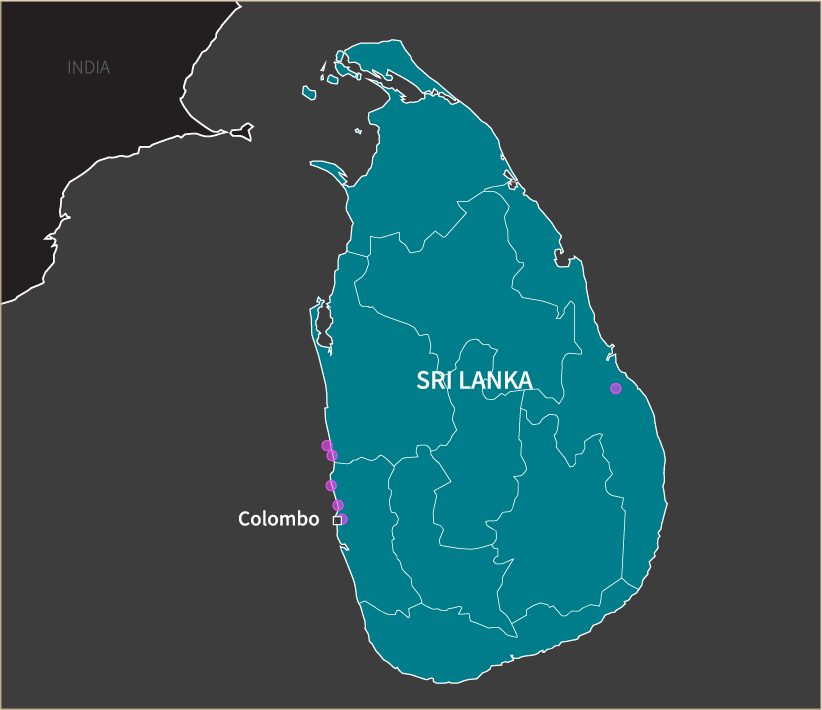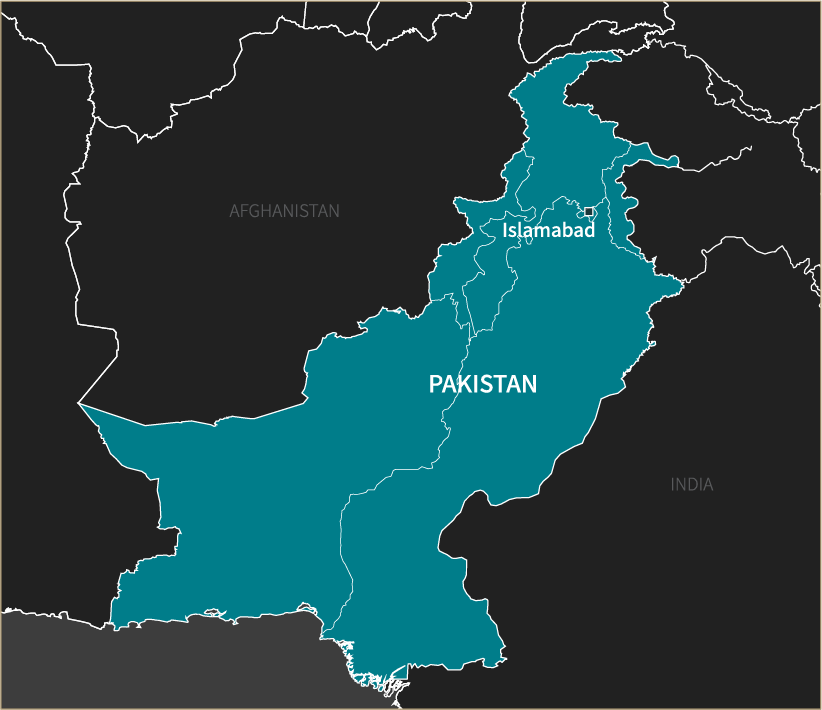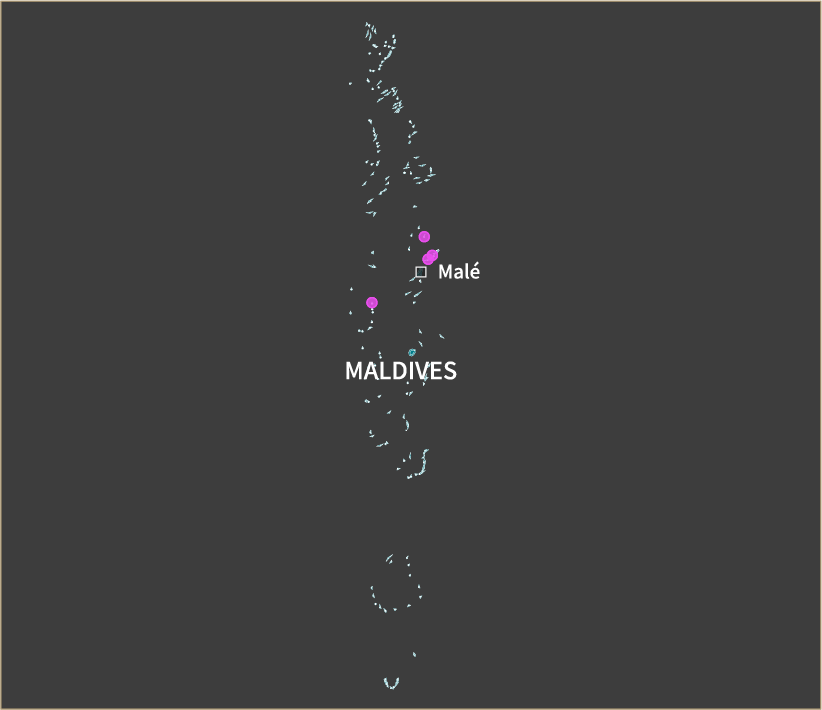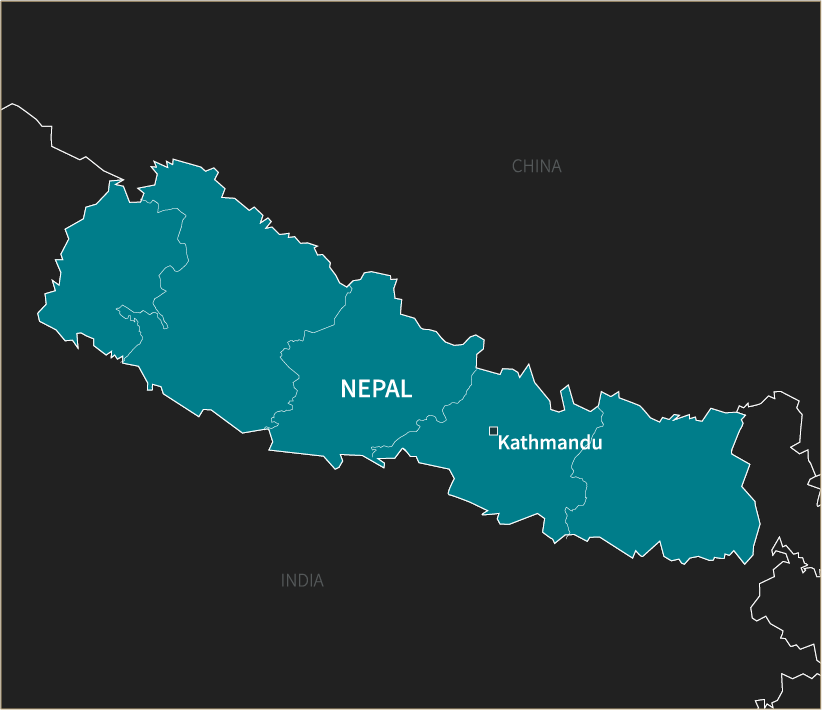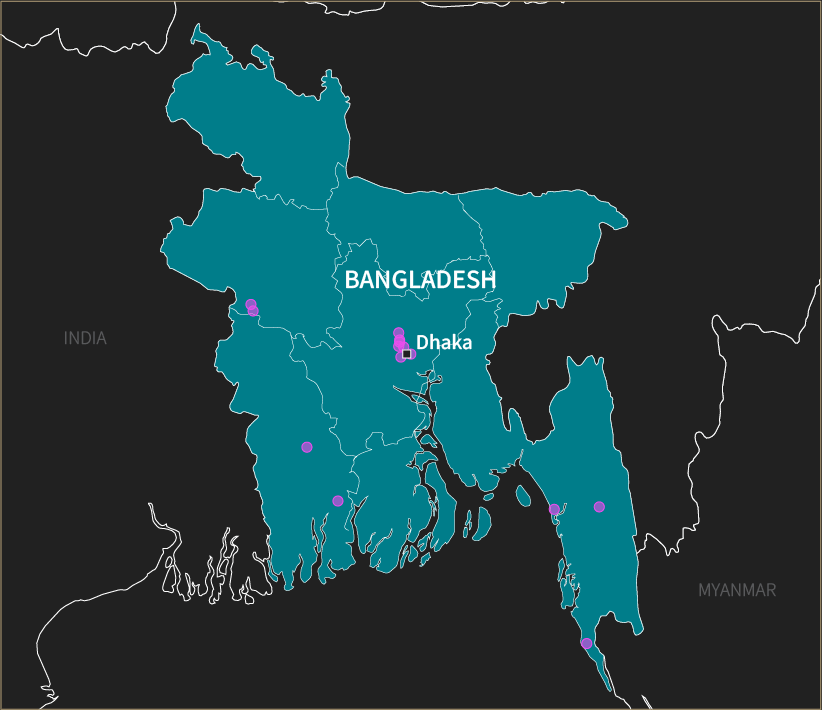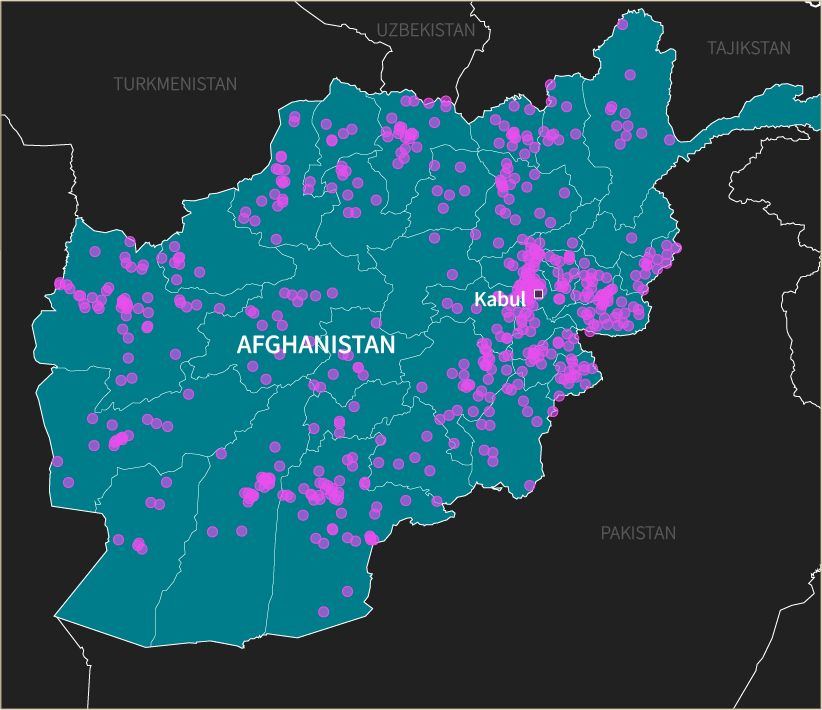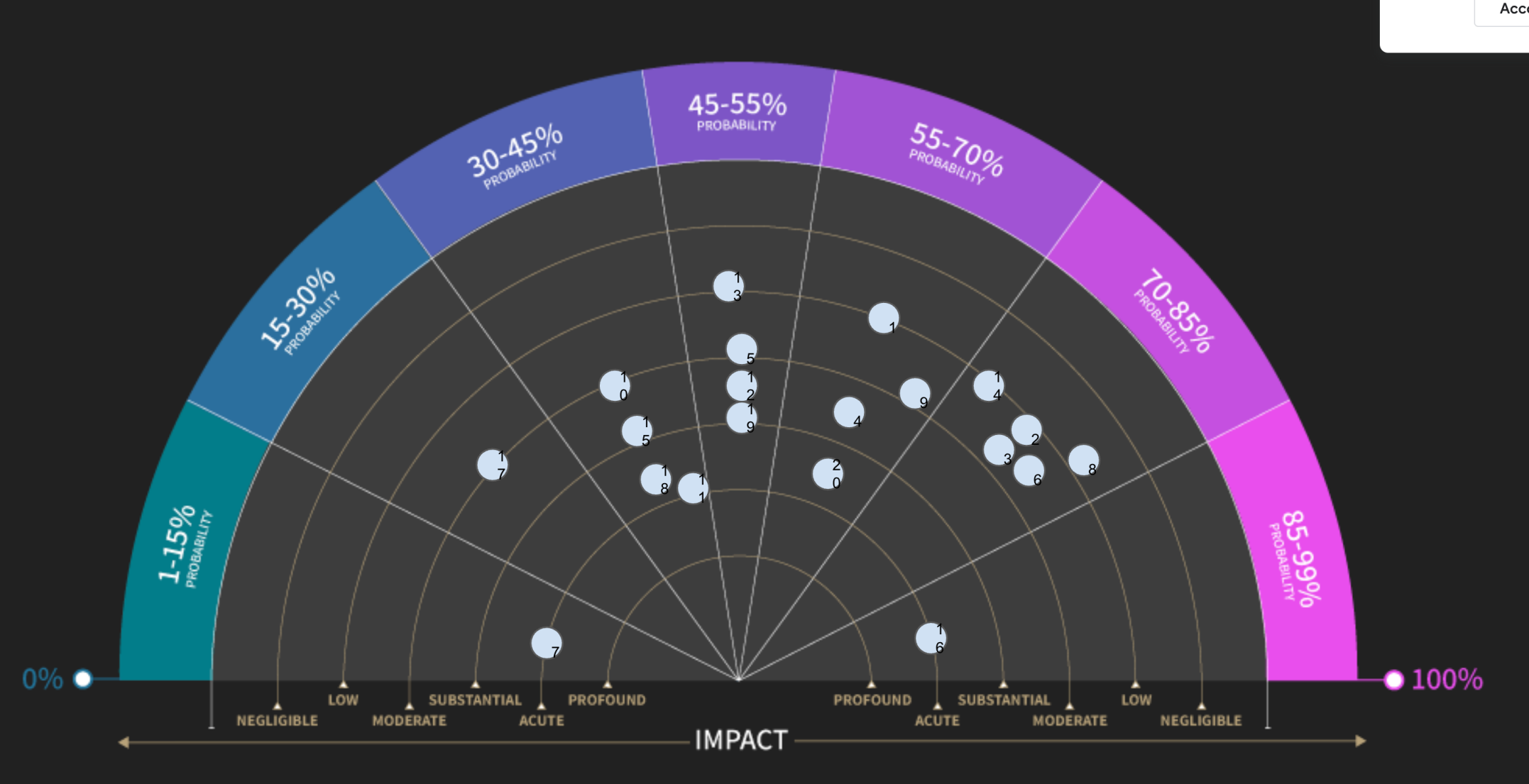

Many countries are at
a crossroads as they seek
to recover, and the path of
least resistance appears
for many to be more
authoritarian governance.
A region less free


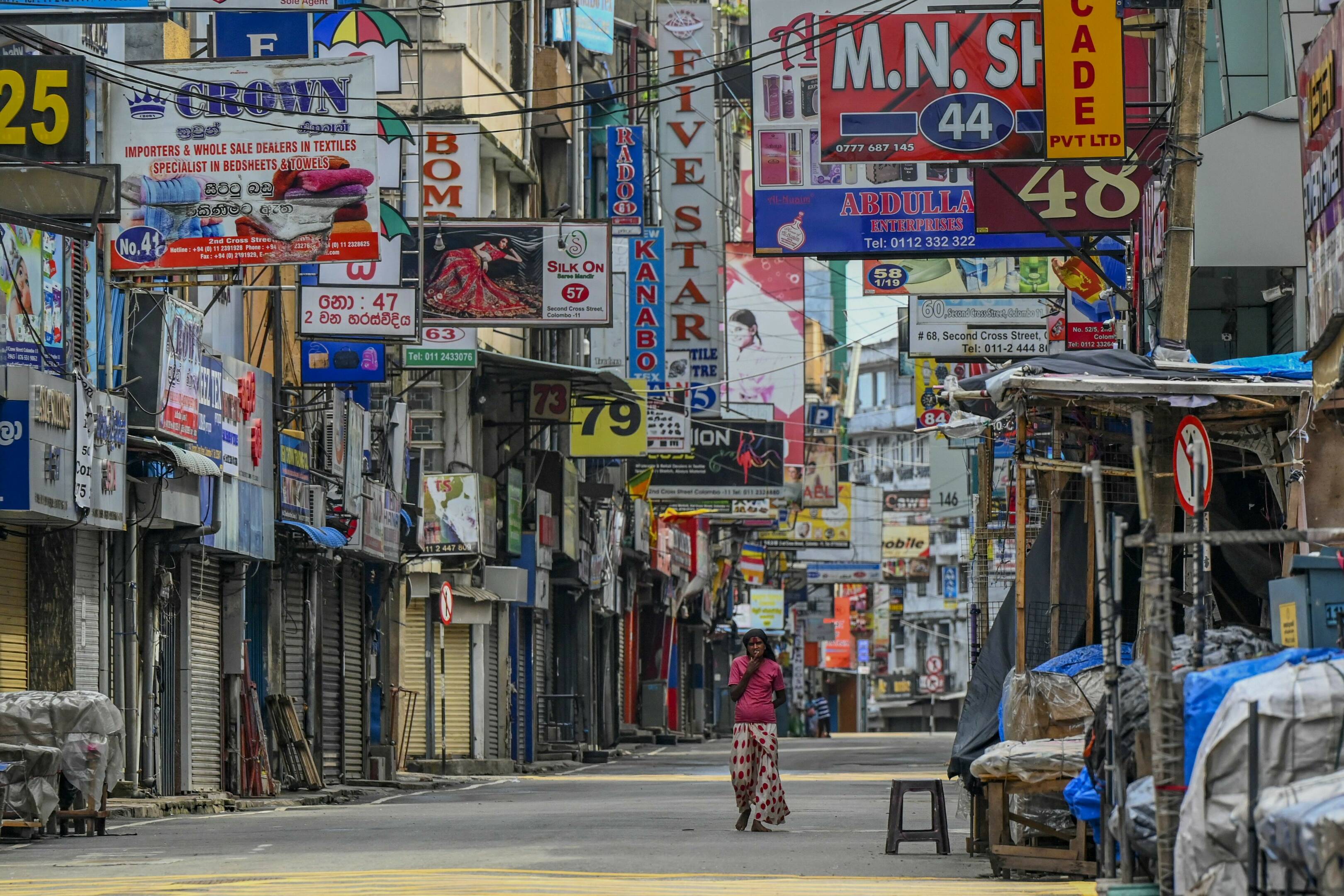



Dates to watch
Key indicators
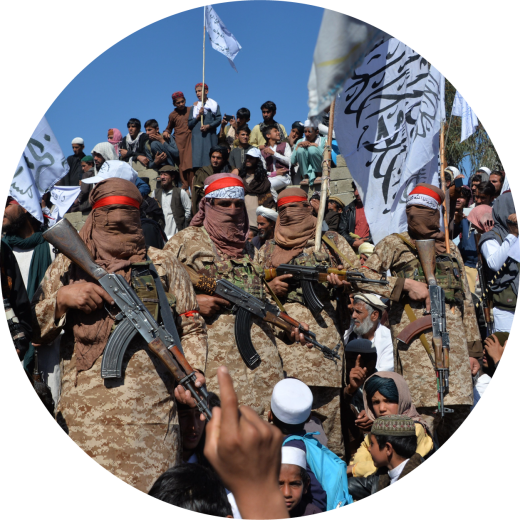
IS-K influence in Afghanistan
The growing political and military presence of Islamic State-Khorasan (IS-K) in Afghanistan would not only be an indication of a faltering security environment there, but also of a rising terrorism threat globally. Signs of this are a continuation of weekly to near-daily IS-K attacks in Kabul, as well as frequent mass casualty attacks in major cities. At this level of capability, the group would more likely than not be able to control some rural parts in Afghanistan’s east and generate revenue through taxes and extortion that allow it to expand its operational capabilities in the region and beyond. The impact of this would also be felt in Pakistan, with IS-K attacks becoming more frequent by the end of the year.
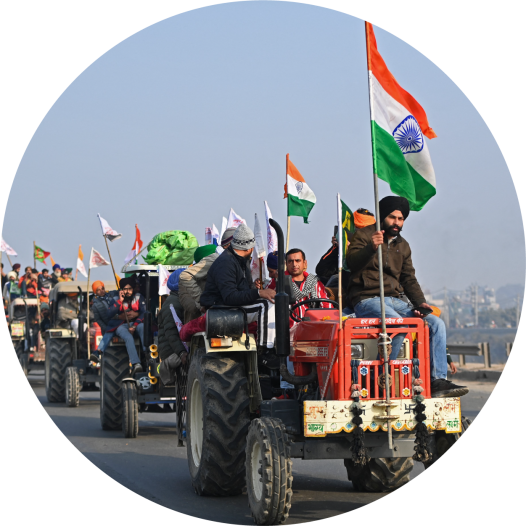
Protests in India
The trajectory of the government’s response to farmers’ protests in 2022 is a key monitoring point to assess growing discontent and the risk of unrest in India. The protest movement will probably continue in several states in 2022, even though the prime minister repealed contentious laws regulating agriculture in November. This is because agricultural poverty remains an issue for many farmers, and because fertiliser shortages will probably continue to frustrate output. How the government handles these ongoing protests next year – by cracking down on rallies, instrumentalising the Supreme Court, blocking internet at protest sites and censoring social media – would also indicate weakening governance standards in the future.
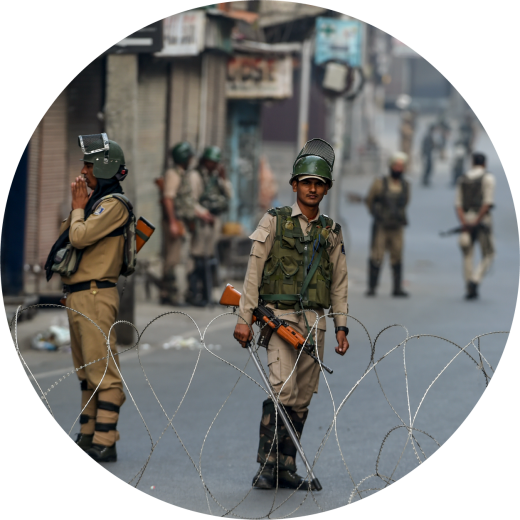
Security environment in Kashmir
A worsening security environment in Kashmir is a key monitoring point for assessing the threat and risk of terrorism across India next year. This would be caused by a rising influx of foreign fighters from Afghanistan and Pakistan into the state, which we expect would probably start from March onwards, and have spillover effects into other parts of India. Other indicators of a worsening security environment include an increased capability of militant groups such as the use of bombs or drones for complex attacks in Kashmir that could also be used elsewhere. Activity or announcements from previously rather inactive groups such as AQIS or IS-Hind would point to a rising terrorism threat in the country.
Sri Lanka
Maldives
Regionwide
Afghanistan
Bangladesh
India
Nepal
Pakistan





3000
2500
2000
1500
1000
500
0

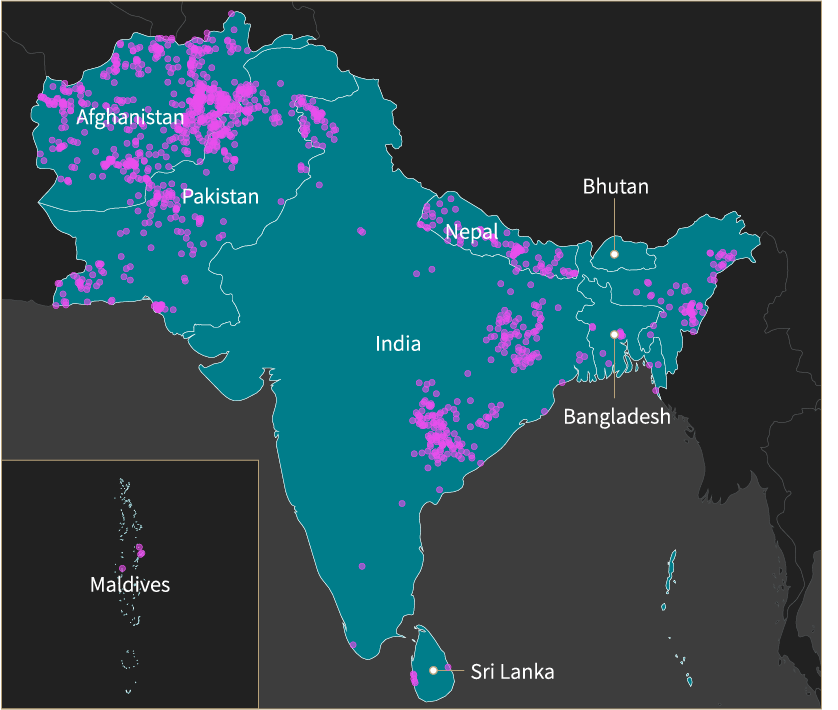
ROLL OVER CIRCLES TO SHOW STATS
Source: Dragonfly’s TerrorismTracker
Terrorism in South Asia

South Asia
CLICK ON FLAGS TO
SHOW INFORMATION




















Forecasts
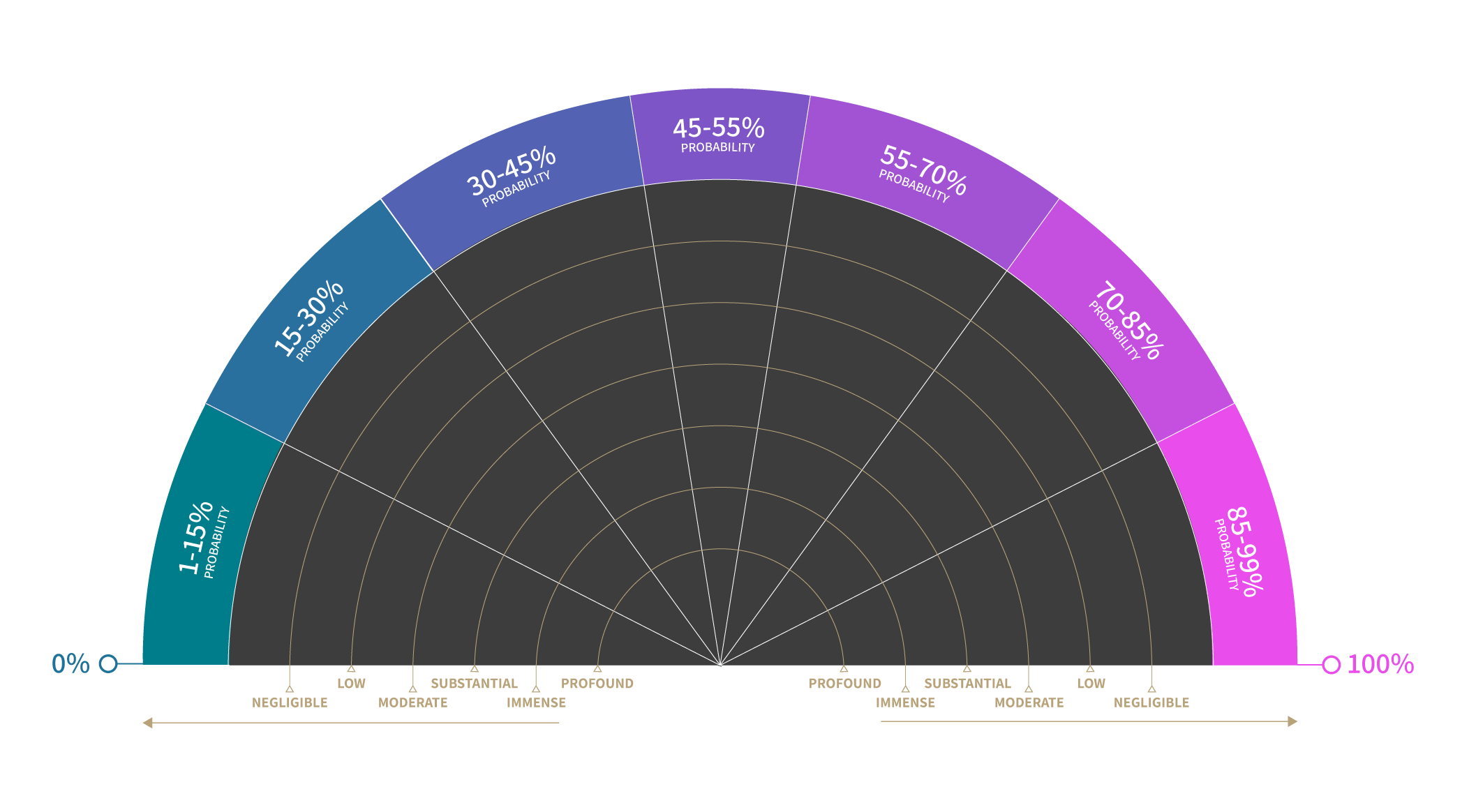

Risk dashboard
Infographic
Assessment
Forecasts
Dates to watch
Key indicators
Economic and pandemic recovery access in South Asia is likely to be widely uneven and unequal. Bhutan, Maldives and Sri Lanka have achieved high vaccination rates suggesting that their recovery and return to normalcy is more assured. But Afghanistan, Bangladesh, India, Nepal and Pakistan all have relatively low vaccination rates, leaving them vulnerable to new Covid-19 outbreaks, lockdowns, popular discontent and civil unrest.
Despite strong economic recovery prospects, India in particular faces security and geopolitical challenges that its government seems poorly equipped to manage without changing its domestic and foreign policies. Deepening insecurity in Afghanistan and Pakistan is highly likely to impact the country, and the likelihood of crises on India’s borders with Pakistan and China will remain high, unsettling the wider region and confidence in security and stability. >>
South Asia
Annunciation Day
25 March
Pakistan
Eid-al-Fitr
2 May
South Asia
End of Ramadan
1 May
Maldives
Rainy season
May–December
South Asia
Earth Day
22 April
South Asia
Start of Ramadan
2 April
Sri Lanka
Rainy season
April–May
Nepal
Wildfire season
March–April
India / Pakistan
Anniversary of air strikes across Kashmir.
26 February
Sri Lanka
Vesak - Annual Buddhist religious holiday.
6 May
Pakistan
Pakistan day - Anniversary of the Lahore Resolution
23 March
India / Pakistan
Anniversary of 2019 Pulwama attack.
14 February
Pakistan
Kashmir Solidarity Day
5 February
India
Anniversary of the assassination of Mahatma Gandhi
30 January
India
Republic Day
26 January
India
Lohri - Punjabi folk festival
13 January
South Asia
Orthodox Christmas Eve
6 January
South Asia
Eid Al-Fitr
2 May–3 May
Nepal
Anniversary of the abolition of monarchy in 2008.
29 May
India
Anniversary of passage of Farm bills
27 September
Pakistan
Anniversary of Benazir Bhutto's assassination
27 December
India
Anniversary of first farmers protests
26 November
India
Anniversary of 2008 Mumbai attacks
26 November
NEPAL
Legislative elections
November
India
Diwali
24 October
Afghanistan
Anniversary of the 2001 US invasion following 9/11
7 October
Sri Lanka
Rainy season
October–December
India / Pakistan
Anniversary of the 1965 war with Pakistan
6 September
India
Monsoon season
June–September
Afghanistan
Anniversary of the Fall
of Kabul
15 August
Afghanistan
Anniversary of the 2021 Taliban takeover
15 August
South Asia
Ashura
7 August–8 August
India
Anniversary of the removal of Kashmir's special status
5 August
India
Presidential elections
July
South Asia
Eid Al-Adha
9 July
Bangladesh / India
Cyclone season
July–September
Nepal
National assembly elections
January
Governments in South Asia face hard decisions in 2022 on how they achieve stability, recovery and growth. Yet few seem inclined or able to make governance choices in 2022 that would invest in a freer and more sustainably stable future.
Region wide, the toll of Covid-19 on South Asia’s economies and societies has been profound. The long-tail repercussions of the pandemic, not least budgetary restrictions and angry publics, will continue to shape the behaviour and policies of governments in the region in 2022. Many countries are at a crossroads as they seek to recover, and the path of least resistance appears for many to be more authoritarian governance and a creeping dependence on China.
A region
less free
The strategic outlook for South Asia in 2022 is largely negative. The economic impacts of the pandemic and climate change will present headwinds for a region facing deepening insecurity within and between states.
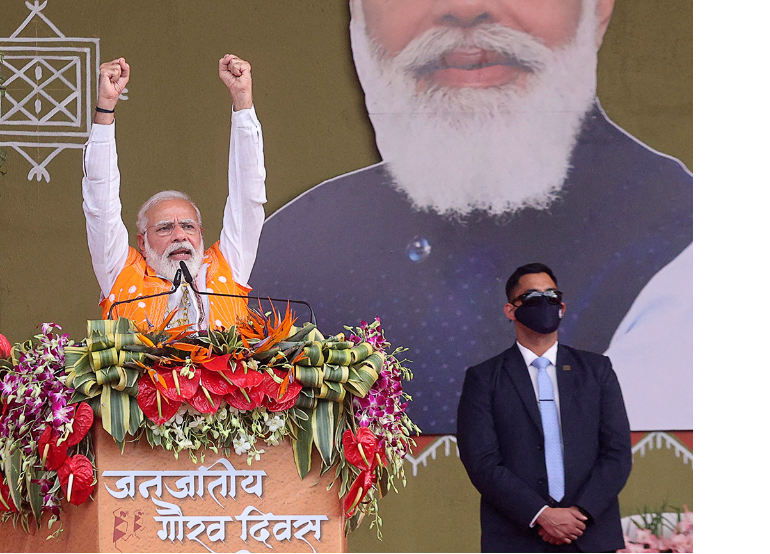
Images: Getty Images (Ishara S. Kodikara/AFP; Noorullah Shirzada; Money Sharma; Tauseef Mustafa)
Scroll down
A region less free


Many countries are at
a crossroads as they seek
to recover, and the path of
least resistance appears
for many to be more
authoritarian governance.




Source: Dragonfly’s TerrorismTracker


For best results
We recommend that you view this in a desktop browser. If using a tablet or smartphone, some infographics may only respond to device-specific gestures.
Forecasts
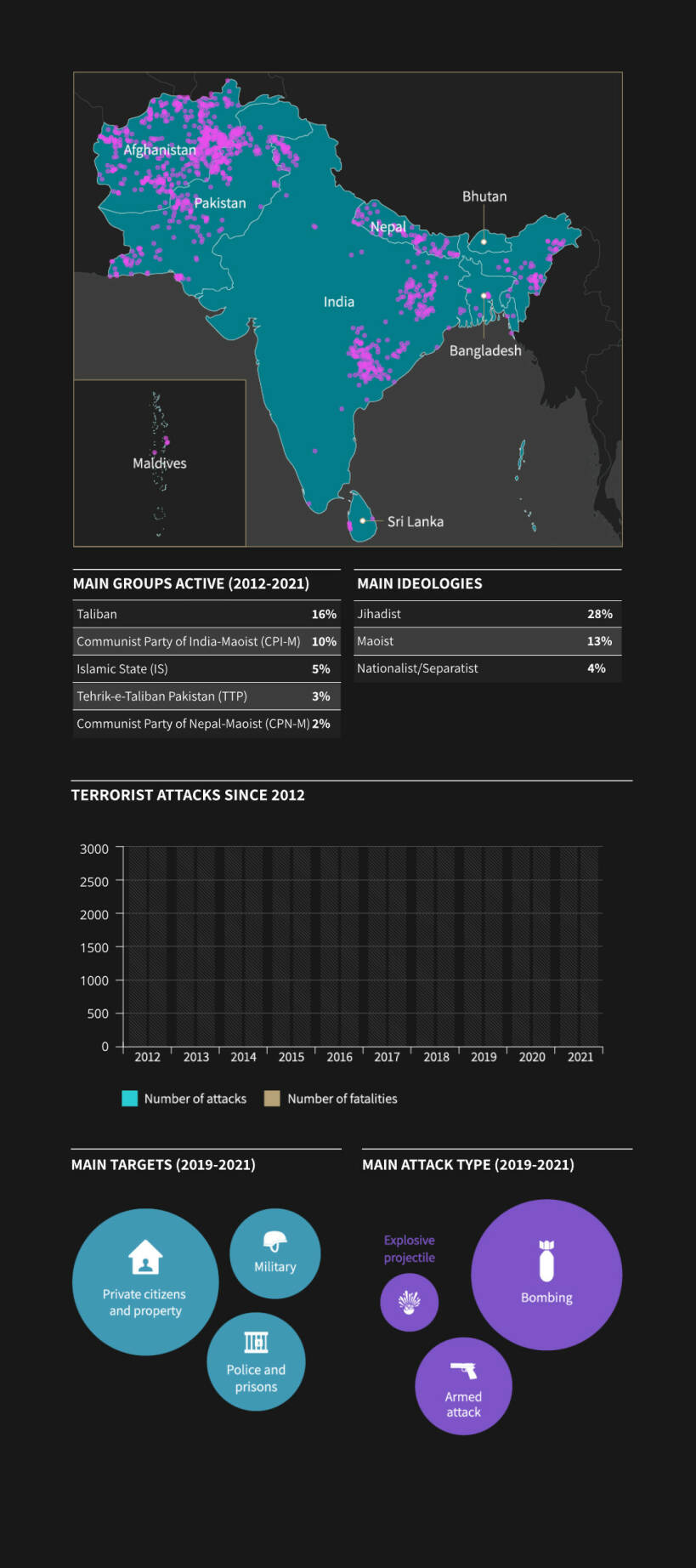
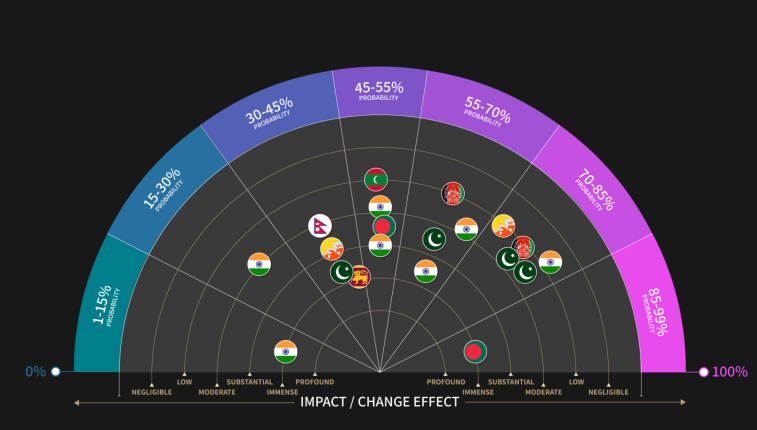

Terrorism in South Asia
Key indicators
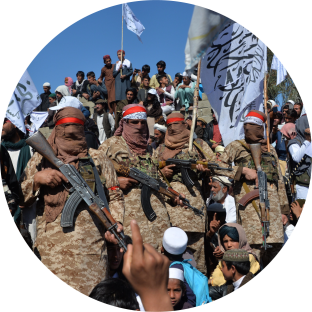
IS-K influence in Afghanistan
The growing political and military presence of Islamic State-Khorasan (IS-K) in Afghanistan would not only be an indication of a faltering security environment there, but also of a rising terrorism threat globally. Signs of this are a continuation of weekly to near-daily IS-K attacks in Kabul, as well as frequent mass casualty attacks in major cities. At this level of capability, the group would more likely than not be able to control some rural parts in Afghanistan’s east and generate revenue through taxes and extortion that allow it to expand its operational capabilities in the region and beyond. The impact of this would also be felt in Pakistan, with IS-K attacks becoming more frequent by the end of the year.
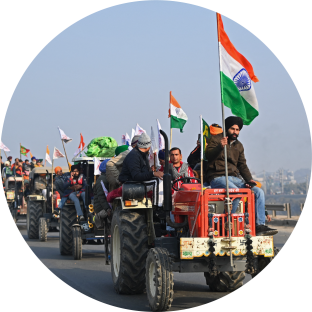
Protests in India
The trajectory of the government’s response to farmers’ protests in 2022 is a key monitoring point to assess growing discontent and the risk of unrest in India. The protest movement will probably continue in several states in 2022, even though the prime minister repealed contentious laws regulating agriculture in November. This is because agricultural poverty remains an issue for many farmers, and because fertiliser shortages will probably continue to frustrate output. How the government handles these ongoing protests next year – by cracking down on rallies, instrumentalising the Supreme Court, blocking internet at protest sites and censoring social media – would also indicate weakening governance standards in the future.
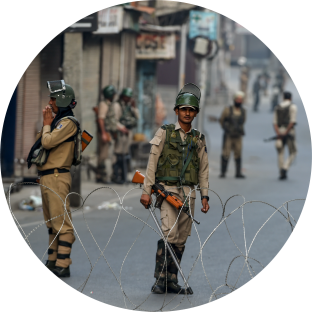
Security environment in Kashmir
A worsening security environment in Kashmir is a key monitoring point for assessing the threat and risk of terrorism across India next year. This would be caused by a rising influx of foreign fighters from Afghanistan and Pakistan into the state, which we expect would probably start from March onwards, and have spillover effects into other parts of India. Other indicators of a worsening security environment include an increased capability of militant groups such as the use of bombs or drones for complex attacks in Kashmir that could also be used elsewhere. Activity or announcements from previously rather inactive groups such as AQIS or IS-Hind would point to a rising terrorism threat in the country.
Afghanistan
Anniversary of the Fall
of Kabul
15 August
South Asia
Annunciation Day
25 March
South Asia
End of Ramadan
1 May
Maldives
Rainy season
May–December
South Asia
Earth Day
22 April
South Asia
Start of Ramadan
2 April
Sri Lanka
Rainy season
April–May
Nepal
Wildfire season
March–April
India / Pakistan
Annunciation Day
26 February
South Asia
Eid Al-Fitr
2 May–3 May
Pakistan
Pakistan day - Anniversary of the Lahore Resolution
23 March
India / Pakistan
Anniversary of 2019 Pulwama attack.
14 February
Pakistan
Kashmir Solidarity Day
5 February
India
Anniversary of the assassination of Mahatma Gandhi
30 January
India
Republic Day
26 January
India
Lohri - Punjabi folk festival
13 January
South Asia
Orthodox Christmas Eve
6 January
Pakistan
Eid-al-Fitr
2 May
Sri Lanka
Rainy season in South and Southeast
6 May
NEPAL
Legislative elections
November
Sri Lanka
Rainy season
October–December
Pakistan
Anniversary of Benazir Bhutto's assassination
27 December
India
Anniversary of first farmers protests
26 November
India
Anniversary of 2008 Mumbai attacks
26 November
India
Diwali
24 October
Afghanistan
Anniversary of the 2001 US invasion following 9/11
7 October
India
Anniversary of passage of Farm bills
27 September
Nepal
Anniversary of the abolition of monarchy in 2008.
29 May
India / Pakistan
Anniversary of the 1965 war with Pakistan
6 September
Afghanistan
Anniversary of the 2021 Taliban takeover
15 August
South Asia
Ashura
7 August–8 August
India
Anniversary of the removal of Kashmir's special status
5 August
India
Presidential elections
July
South Asia
Eid Al-Adha
9 July
Bangladesh / India
Cyclone season
July–September
India
Monsoon season
June–September
Nepal
National assembly elections
January
A region
less free
The strategic outlook for South Asia in 2022 is largely negative. The economic impacts of the pandemic and climate change will present headwinds for a region facing deepening insecurity within and between states.
Governments in South Asia face hard decisions in 2022 on how they achieve stability, recovery and growth. Yet few seem inclined or able to make governance choices in 2022 that would invest in a freer and more sustainably stable future.
Region wide, the toll of Covid-19 on South Asia’s economies and societies has been profound. The long-tail repercussions of the pandemic, not least budgetary restrictions and angry publics, will continue to shape the behaviour and policies of governments in the region in 2022. Many countries are at a crossroads as they seek to recover, and the path of least resistance appears for many to be more authoritarian governance and a creeping dependence on China.
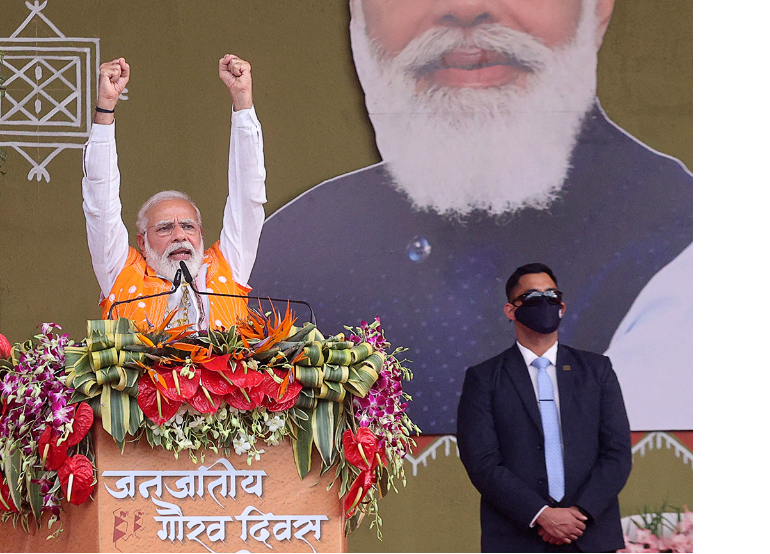
Images: Getty Images (Ishara S. Kodikara/AFP; Noorullah Shirzada; Money Sharma; Tauseef Mustafa)




